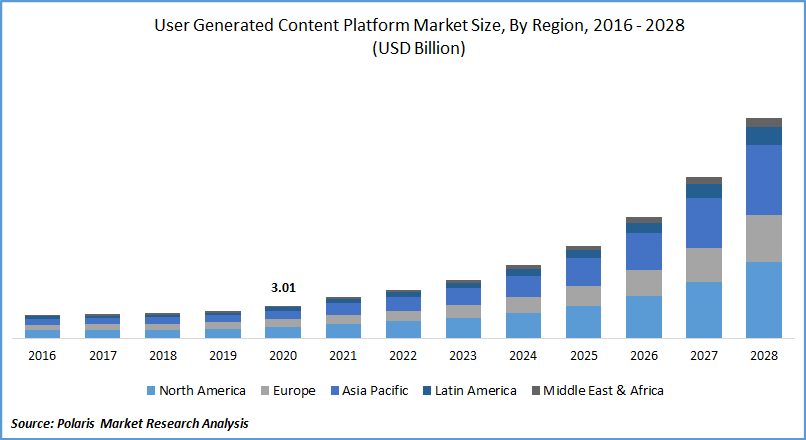The Ultimate Hookup Guide
Explore expert tips and advice on navigating the world of modern dating and hookups.
Pixel Profits: Navigating User-Generated Gaming Markets
Unlock the secrets of user-generated gaming markets! Discover strategies to maximize profits and thrive in the digital gaming landscape.
Understanding the Rise of User-Generated Content in Gaming
The evolution of the gaming industry has been significantly influenced by user-generated content (UGC), as players transition from mere consumers to active contributors. In recent years, platforms such as YouTube, Twitch, and various gaming forums have empowered individuals to share their creativity and ideas. This shift not only enhances the gaming experience but also fosters a sense of community amongst players. According to a recent study, over 70% of gamers report feeling more connected to a game when they engage with its user-generated content, whether through mods, fan art, or gameplay videos.
Moreover, UGC has become a crucial marketing tool for game developers. By leveraging user-generated content, studios can reduce promotional costs while simultaneously boosting player engagement. Examples include the rise of modding communities that enhance or completely transform games, leading to increased longevity and replayability. As a result, developers are increasingly encouraging user-generated content creation by providing tools and platforms, highlighting the symbiotic relationship between developers and their audience in this ever-evolving landscape.

Counter-Strike is a highly popular first-person shooter game franchise that has captivated millions of players worldwide. It features competitive gameplay where teams of terrorists and counter-terrorists battle in various modes. For those looking to enhance their gaming experience, you can check out the daddyskins promo code to get some exciting in-game items.
How to Monetize User-Generated Content in Your Game
Monetizing user-generated content (UGC) in your game can significantly enhance your revenue streams while fostering a vibrant community. To effectively monetize UGC, consider implementing a revenue-sharing model where players earn a percentage of the income generated from their creations. This not only incentivizes users to produce high-quality content but also increases engagement within your game. Offering exclusive in-game items or currency for popular UGC can further motivate players to participate. Additionally, featuring a marketplace where players can buy and sell their creations adds an exciting dimension to your game’s economy.
Another impactful strategy is to leverage crowdsourced funding through platforms like Kickstarter to support user-generated projects. By promoting these initiatives, you not only enhance community involvement but also tap into potential backers who might support the development of exciting new content within your game. Additionally, hosting regular contests or challenges that reward players for their UGC can generate buzz and attract new players. Utilizing social media to showcase the best submissions can further amplify interest in both the UGC itself and your game, driving higher engagement and potential monetization.
What Are the Best Practices for Encouraging User Engagement in Gaming Markets?
In the competitive landscape of gaming markets, encouraging user engagement is vital for retaining players and building a loyal community. One effective strategy is to implement interactive features such as leaderboards and team-based challenges that encourage players to compete and collaborate. Additionally, regularly updating content, such as new levels, characters, or game modes, is crucial. This not only keeps the game fresh for returning players but also attracts newcomers who are looking for the latest experiences. Another best practice is fostering community through social media channels, where developers can engage with fans, share updates, and receive feedback directly.
Moreover, personalization can significantly boost user engagement in gaming markets. Tailoring experiences based on individual player preferences can create a more immersive environment. For instance, utilizing user data to recommend content or adjust difficulty levels can enhance satisfaction and prolonged play. Additionally, hosting events or seasonal challenges can create excitement, providing players with unique rewards for participation. By leveraging these best practices, gaming developers can cultivate a more engaged user base and enhance the overall gaming experience.